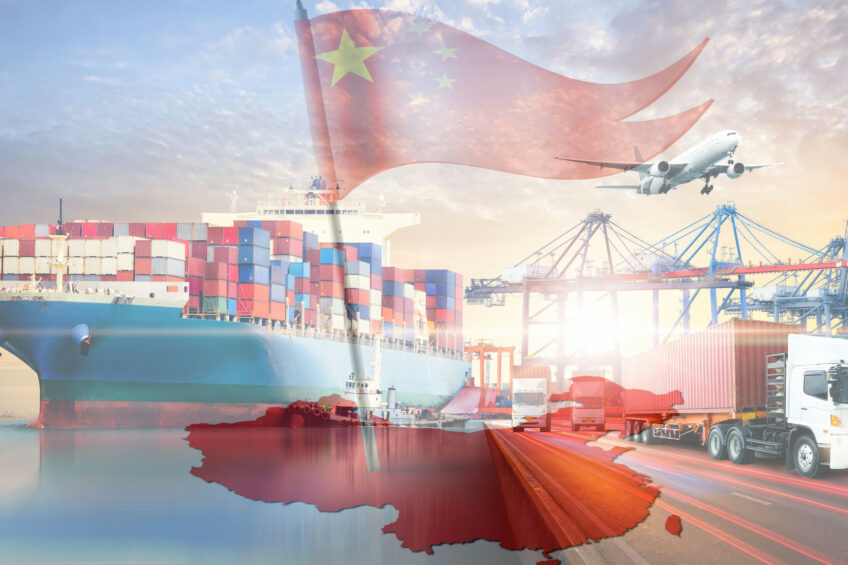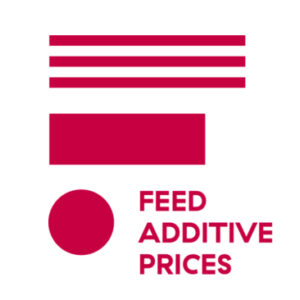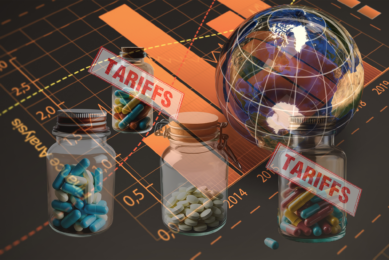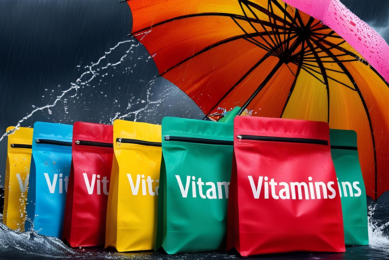Amino acid markets: Container freight prices weigh heavily on feed additive prices ex China

Again, FOB China prices for lysine and threonine have been firmer this week for export. And at the same time there is no relief seen on the high(er) container rates ex China to the export regions. Learn more in this week’s feed additives snapshot (week 26)
Local prices for lysine and threonine are therefore increasing and demand for Q4 is picking up now. Methionine is stable and quiet this week so far. Tryptophan, arginine and valine have been weak lately on a FOB China basis, but this week those prices seem to have stabilised, arginine and valine at a low level though.
In partnership with Feed Additive Prices
Lysine
While the local market in China is stable to weak, the export market is firm. FOB China prices have increased again this week and also container freight rates are staying firm for July and August shipments. This is leading to even further prices in for example the USA and Europe for late Q3 and Q4. Q3 is contracted and a good portion of Q4 is as well.

Threonine
Again this week’s prices FOB China are firmer compared to previous weeks. The local Chinese market is stable to weak, but the export demand is good and in line with lysine hcl, Q4 arrival needs to be contracted soon as lead times are 2 to 3 months still. Container freight rates to several main ports continue to increase and no nearby relief is seen. The local threonine prices have therefore already increased considerably for Q3 and early Q4. Buyers are covered for most of Q3. There is a wait-and-see attitude for longer-term contracts, although that sentiment is now changing and Q4 is under discussion in some cases.
DL-Methionine
No specific news or events to report. Methionine prices have been slightly weaker in most regions, but stabilising again currently, as higher container freight rates compensate for an earlier decline. In almost all regions, the market is quiet and contracted forward. Q3 is mostly contracted ahead and there is a wait-and-see attitude for Q4 still.
Tryptophan
No major changes are seen really on tryptophan. Prices are stable in most regions, and any recent weaker tone is now compensated by higher container freight rates. In local regions, like Europe, where Chinese suppliers do not have authorizations in place yet or where buyers won’t accept supply from Xinjiang origin, the local Western suppliers can keep higher prices. A good portion of Q3 is contracted but there is still a wait-and-see attitude for longer term contracts.
Valine
After a period of relatively rapid price decline, the FOB China prices seem to have stabilised, although at a low price level. Although the trend still looks weak. Markets in other regions seem to have stabilised as well as earlier price decline is now offset by high container freight rates which are priced in. The market is very quiet at the moment and only small spot buying activity is seen. A portion of Q3 is contracted, but nothing any further ahead.











